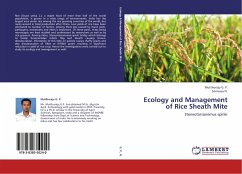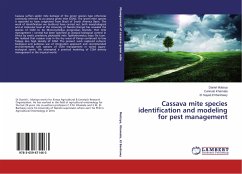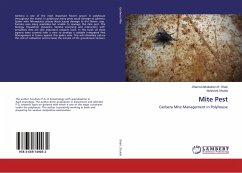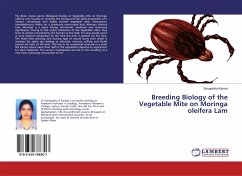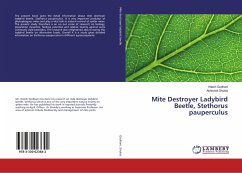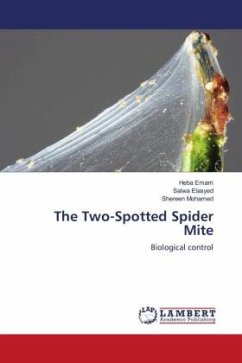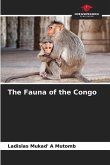Rice (Oryza sativa L.), a staple food of more than half of the world population, is grown in a wide range of environments. India has the largest area under rice among the rice growing countries of the world, but ranks second in total production after China. Low yields of rice have been attributed to number of factors. Among them loss caused by insect pests, pathogens, nematodes and mites is important. Of these pests, mites being microscopic are least studied and understood by researchers as well as by rice growers. Among mites, Steneotarsonemus spinki Smiley which belongs to family Tarsonemidae infests flag leaf sheath causing brown discolouration. Infestation of this mite on panicle causes chaffy grains and also discolouration of filled or ill-filled grains resulting in significant reduction in yield of rice crop. Hence the investigations were carried out to study its ecology and management as well.
Bitte wählen Sie Ihr Anliegen aus.
Rechnungen
Retourenschein anfordern
Bestellstatus
Storno

